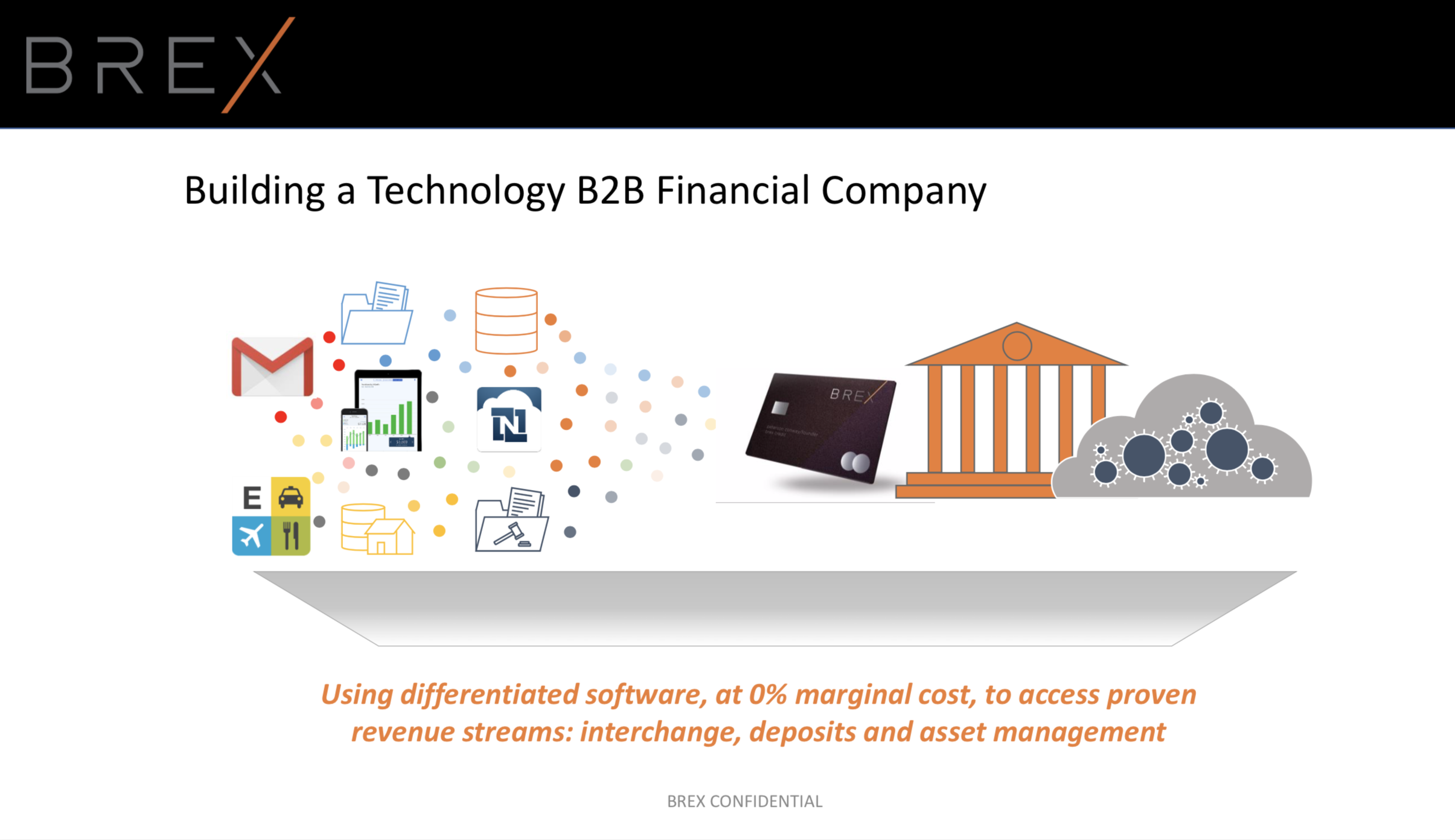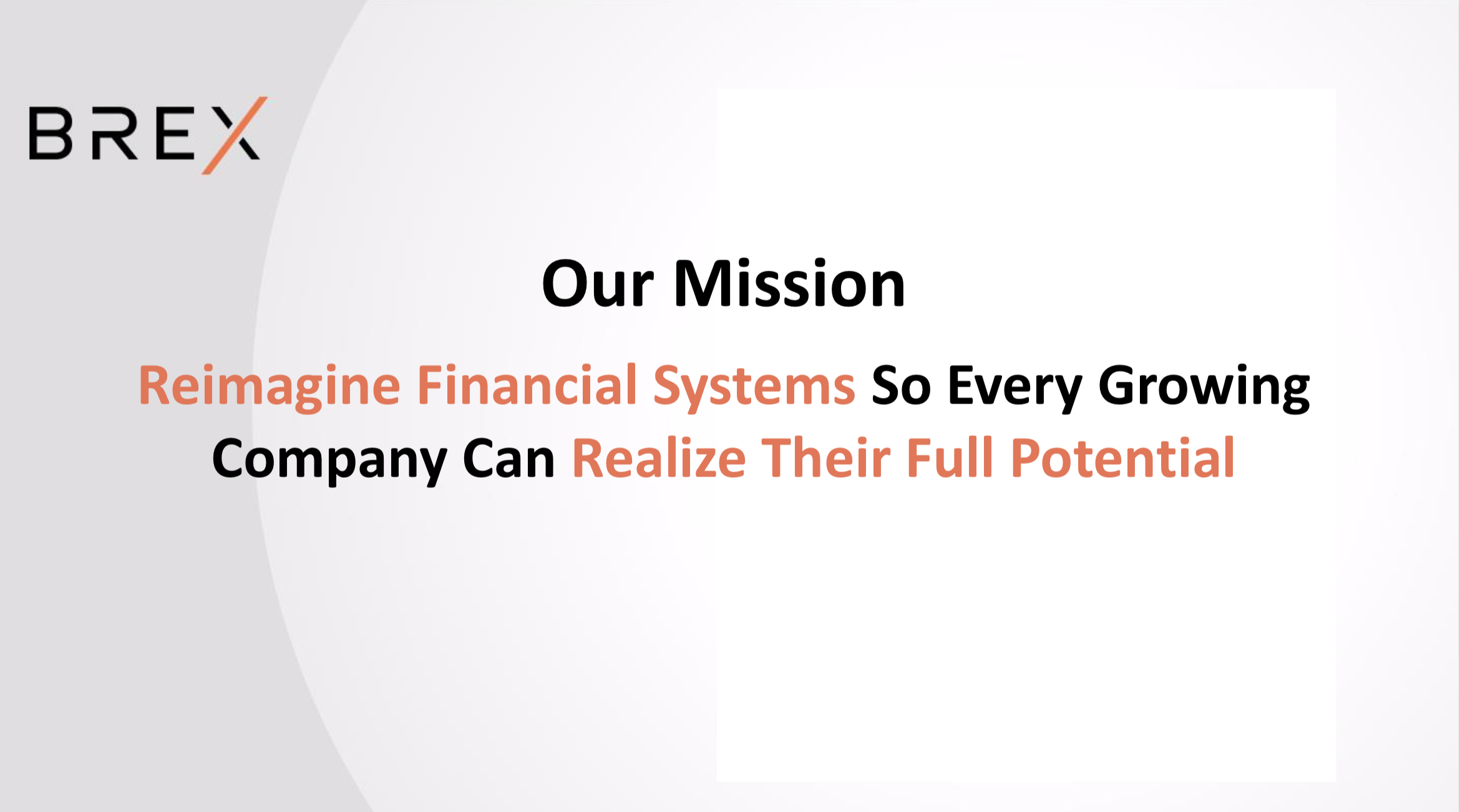The cold email worked — you’ve landed a meeting with your dream investor. Hell, you even set aside $40,000 for a pitch deck consultant to make sure your presentation looks suave.
One thing to figure out before you pick out a Zoom background: what information actually goes into those slides?
Lo Toney, founding managing partner at Plexo Capital, has advice for founders looking to raise money: think like a product manager while crafting your pitch deck. Toney has helped shape products at Zynga, Nike and eBay, and currently serves as both a GP and an LP at Plexo Capital, which invests in funds and startups. He’s done a ton of pitching and gotten pitched himself, which is why we invited him to TechCrunch Early Stage 2020.
“The framework of product management is very similar to the same playbook used by an early-stage investor and early-stage investors in the absence of an abundance of data,” Toney said. “They’re really thinking very similar to a product manager to evaluate an opportunity.”
Crafting a solid pitch deck is critical to the success of a startup seeking venture capital. Investors, however, spend less than four minutes on average per deck, and some even tell you that you have half that much time (so either talk fast or pick your favorite slides). Even if you have the business to prove that you’re the next Stripe, if you butcher the story behind the numbers, you could lose the potential to get the capital you need.
Toney said adopting a product manager mindset helps refine what that story looks and feels like.
“The story is not your product. It’s not your company, and it’s not the entrepreneur. It’s how your customer’s world is going to be better when your product has solved their problem,” he said, quoting Rick Klau from GV.
In action, Toney broke down the framework into four key slides: problem, market, solution and, of course, team.
Problem
First up, most investors say they want to see the problem you’re trying to solve up high. Toney is no different.
“I like to see an entrepreneur describing the desired outcome first, and then what are some of those roadblocks that come along the way to that desired outcome?” he asked. Similar to a product manager, founders could illustrate the different challenges that could come to executing a solution on a specific problem.
But what if your startup isn’t trying to fix a problem? What if you think there’s an opportunity to have random strangers pick up other random strangers and charge them money?
“Sometimes it’s the case that the customer may not realize that there’s this great opportunity to do something different,” he said. In that case, founders have to show that they have the ability to think through products that customers don’t know they want by identifying different elements of their day-to-day life.
“And by the way, that job that determines what is the right product, that’s the product manager’s job,” he said.
Market
Another important slide for any venture capitalist to see is the addressable market. Toney’s advice is to unpack the “immediate segment that the entrepreneur is going to obsessively focus on for that initial result.” In action, that means pick a target customer persona and run with it.
Start small: Where do they live? What’s their job? What’s their name? What’s their home life?
Then go big: How many of those customers exist? Where do they most likely exist? What are some of the current ways that they’re trying to get to the desired outcome? And then what are some of the challenges, right?
“It’s really important to be able to really frame how big the market is in terms of the dollars, but also how many of these customer types are actually out there and, if possible, name that persona to be able to really tell a compelling story,” he said.
On a similar note of the market, Toney said one thing he never likes to hear is short-term thinking that sounds like “if all else fails, this could be a good acquisition for Google or Facebook.”
“Obviously, we all know that the majority of liquidity events that are successful are going to happen through a nice merger or acquisition, but I just think there’s something about the mentality of saying that…there’s just a visceral reaction that it’s just best to avoid it.”
Thinking big is how many startups start, not just end. Let’s look at some examples in action.
Henrique Dubugras, the co-founder of Brex, told TechCrunch that even in the early stages of fundraising, he and his co-founder Pedro Franceschi had to think long term, beyond its initial pitch of being a credit card for startups.
Courtesy of Brex, here’s the startup’s opening slide when it was raising its Series A:

Image Credit: Brex
And what that same slide looked like when it raised its Series C extension round:

Image Credit: Brex
“[We had] a specific view of how the fintech ecosystem is going to evolve, and how to create value for businesses as a fintech company,” Dubugras said. ”Even in the early stages when we were fundraising, it was important to get these ideas across to investors, and make it super clear what place Brex has in shaping the long term of the finance landscape.
Victoria Ransom, founder and CEO of Prisma, said “a VC once told us that in every market there are only three major exits, so be sure to be perceived as one of the top three players. At the time there were over a hundred social media marketing companies in our space and the industry was ‘on fire’ so we felt sure that there would be many exits, but sure enough there were just three big ones in the end.”
Solution
In the solution section, Toney said founders must pick one or two critical features that need to be done to prove that the customer will find value in the solution. He advised founders to avoid the laundry list of features that could work and stick to the core things needed to succeed.
“What are those one or two things where if the entrepreneur and the team don’t nail those, kind of the rest really doesn’t even matter?” Investors love seeing that the startup has done a ton of customer development front-end work and can then prioritize key features, he noted.
Team
Finally, let’s talk about the team slide. Often, seed startups might only have two co-founders. If that’s the case, Toney says that the product manager mindset means you need to prioritize what key functional roles are missing from your team and include those on the slide too. Extra points if you rank them.
“I just took a pitch yesterday from an ex-product manager and she talked about here are the other folks that need to be brought onto the team, these are the skills that I have and here are the other skills that are important,” he said.
“You know, clearly, that she is the right person to be the CEO, the founder, the initial product manager, and has the leadership to be able to sell the product to be able to inspire and lead the team.”
To sum things up
